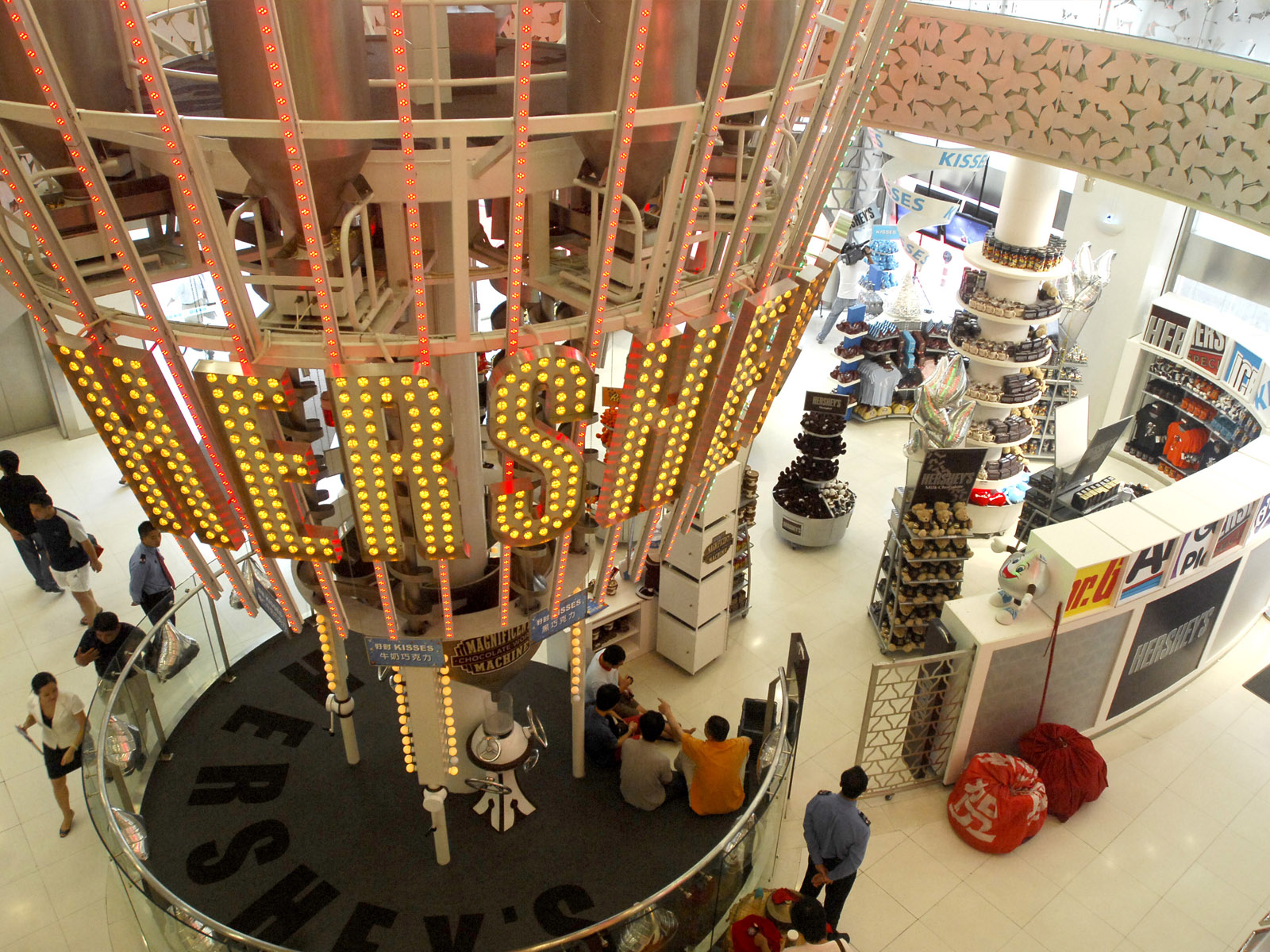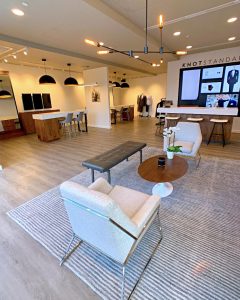Commentary
Beyond the Plexiglass: Three Areas You Need to Address
Jul 09, 2020Retail around the globe have been struggling since stay-at-home orders were put in place in countries on almost every continent earlier this year . Clothing, electronics and furniture stores have been affected the most.
Thankfully, May brought a promising rebound with apparel stores seeing the biggest bounce back — 188 percent over April for U.S. retailers, according to the U.S. Census Bureau.
As many specialty brands and smaller retailers fight to stay alive, the market will become even more competitive and brands will have to hone in on a few key areas in order to survive. First and foremost, consumers want to feel safe. Being transparent about your integrity so that consumers gain your trust will help them maintain loyalty and turn to your brand over competitors. Once they are reassured of that, there are trade-offs consumers are willing to make. Here are three key areas we believe that will make a difference beyond the plexiglass.
1. (Re)define the role of your store. The new challenge is whether people are more comfortable outside the doors or inside the doors? How do we, as experience makers, make them more comfortable? While those concerns may be back of mind, they shouldn’t be front of mind distracting them from what we do best – tell stories and help people have a meaningful diversion in their lives.
For example, Mercado San Miguel in Madrid, Spain has been an elegant covered market offering local food, delicacies & events for over a century. Something that important to a culture is not going to change overnight. We are going to find ways to work with the challenge without losing what we love about the place.
The concept of showrooming was brought to life recently by digital to physical brands. They’ve used retail more as an embassy rather than a logistical tool. As more people turn to online shopping, determine what value your store can bring outside of the URL.
2. Adapt to changing customer needs. People may feel very differently about being at an airport or a large shopping center than they may at a local coffee shop or a boutique where they know the owner. The first line of trust are the people behind your brand and at the core of your store. Your people are going to be very critical in helping build that trust and helping people believe. It starts with the retailer giving employees the tools that they need to feel safe themselves. If they don’t feel safe (and confident) themselves, then it will be challenging to make the customers feel safe.
This situation has also reinforced the notion of quality over quantity. If consumers are going to take risks and make the investment, they want a return for that. Successes will be realized by better serving customers from a logistical standpoint beyond the traditional backroom and shelves. Quality in engagement and ambassadorship will still be as important as distribution. The retailers and landlords who focus solely on quantity are going to have the biggest challenges. The key here is to be flexible. Customer needs will probably change again, so instead of making permanent changes, allow for solutions that can be easily modified.
3. Realign the new customer journey. The shopper journey will go beyond psychographics. The re-opening journey not only changes, the physical parameters of the space changes. Everything from the store flow to the checkout to the operating hours. The key is to not turn it into a structural distraction.
We also need to push the siloed perspective of digital versus physical. Only a few retailers have successfully mastered that digital use in stores. Total Retail coins the term “Live Retail — a model which blends the power and ease of online shopping with the thrill and engagement of physical stores.”
Today, the store can be digital in your home. As retailers we’ve always found ways to make the stores more interesting. Now, retailers must evolve that to bring those best aspects of stores – social connection, learning and discovery – to the consumer wherever they are. Forbes writes about bringing the store to the customer here. This is how digital impacts the physical store rather than just an element inside the store. No matter what, people still want to be surprised, respected, entertained, delighted. This is the common thread of retail no matter where you are in the world.
In all crises, there are winners and there are losers. We’ve already seen many brands pivoting to survive (and some even thriving). We covered a few of them here, here and here. The ones who will come out of this alive are the companies that can think small and act big; Big when it comes to quality and small when it comes to human connection and emotion. The survivors will be those that can deliver both.


